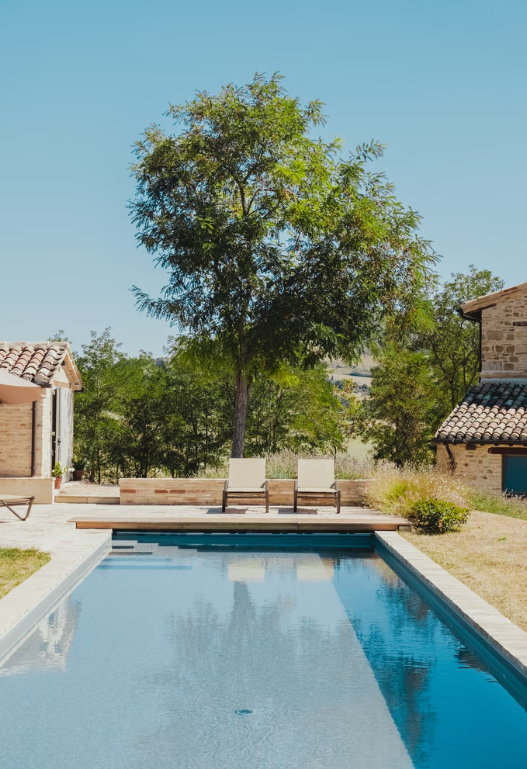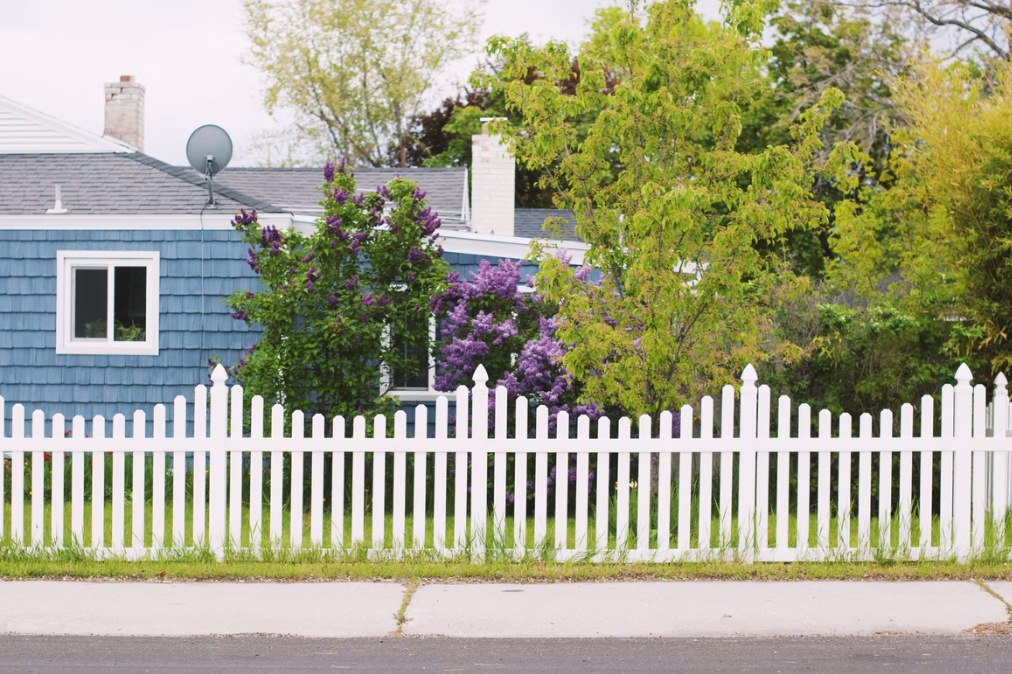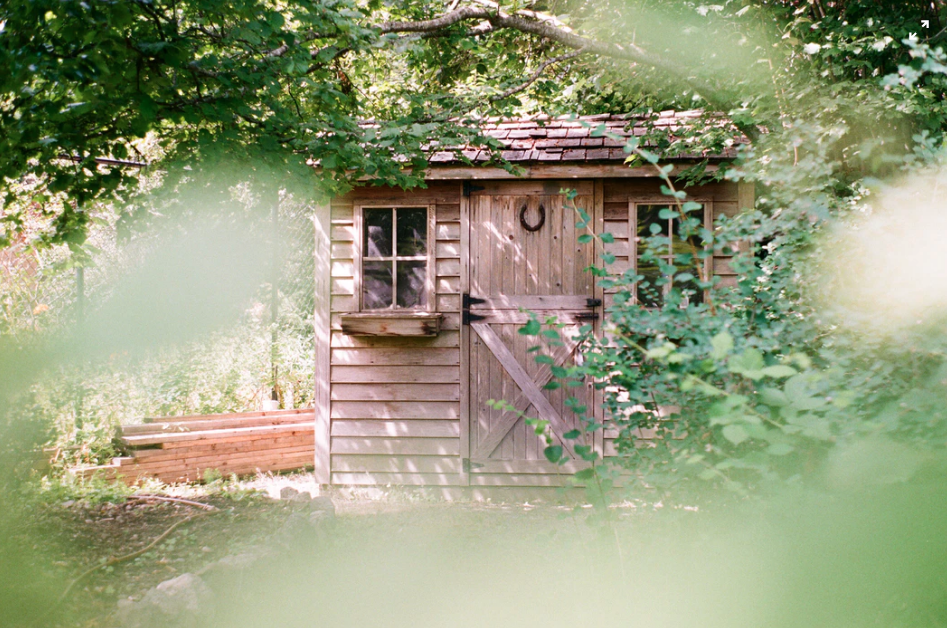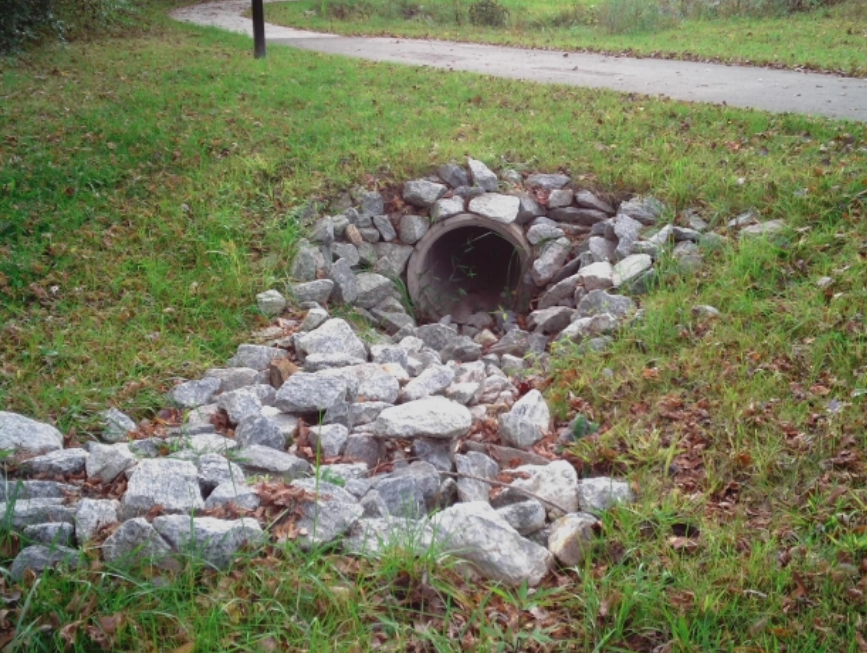Common Pool Problems for New Owners and How to Troubleshoot Them
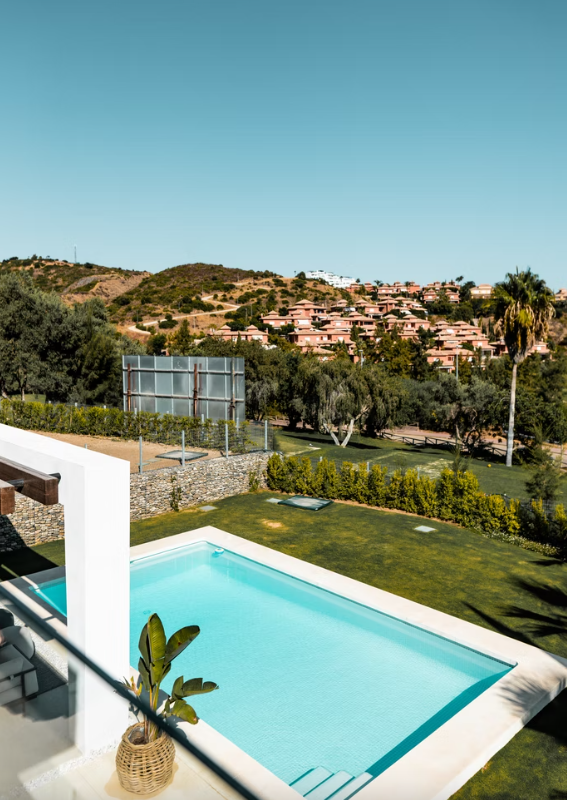
Owning a pool can be relaxing and fun, but new owners often face various challenges in maintaining it properly!
From water clarity to equipment malfunctions, several common issues can arise. In this blog post, we’ll explore some of the most frequent pool problems new owners encounter and provide practical solutions to help you troubleshoot these challenges. Addressing these issues will make pool ownership more enjoyable and less stressful.
Water clarity challenges
Cloudy pool water can result from improper chemical balance, environmental debris, and inadequate filtration. Start by testing chemical levels like pH, chlorine, and alkalinity and adjust them as needed. Ensure your pool filter system functions correctly, and clean the filters if necessary. Skim the pool surface regularly and vacuum the pool floor to remove debris contributing to cloudiness. You can achieve crystal-clear pool water by maintaining proper chemical balance and filtration.
Balancing pool chemicals
Keeping the proper chemical levels in your pool is essential for safety and comfort. Key chemicals to monitor include pH, chlorine, and alkalinity. Aim for a pH level between 7.2 and 7.8; this range ensures effective chlorine activity and swimmer comfort. Chlorine levels should be maintained between 1-3 parts per million (ppm) to sanitize the water. Alkalinity acts as a buffer for pH, with an optimal range of 80-120 ppm. Use a dependable test kit to check these levels weekly. Add chemicals slowly, following product instructions, and allow them to circulate before re-testing.
Dealing with algae growth
Algae growth can make pool surfaces discolored and slippery. To address this issue, brush the affected areas thoroughly to loosen the algae. Then, shock the pool with a high dose of chlorine to kill the algae. After shocking, use an algaecide specifically formulated for the type of algae present, whether green, yellow, or black. Keeping a regular cleaning schedule and operating your pool filter system efficiently is crucial to prevent algae from reappearing. Ensuring proper circulation and consistent filtration will help keep algae at bay. Regularly check and adjust your pool’s chemical levels to create an environment where algae won’t be able to grow.
Understanding filter systems
When it comes to types of pool filter systems there are three: sand, cartridge, and diatomaceous earth (DE). Sand filters use sand to capture particles, requiring periodic backwashing to remove trapped debris. Cartridge filters employ a pleated fabric to catch dirt and debris, and they need to be cleaned or replaced frequently to ensure efficiency. DE filters offer superior filtration using fine powder to trap even the tiniest particles. Regular maintenance is key for all filter types—backwash sand and DE filters as needed, and cartridge filters are regularly cleaned or replaced. Consistent upkeep of your filter system ensures the effective removal of contaminants and optimal water quality.
Addressing pool equipment malfunctions
Pool equipment malfunctions can interrupt swimming, but many common problems have straightforward fixes. Pump failures, heater issues, and pool light malfunctions often stem from electrical or mechanical faults. Start by examining any visible damage or loose connections. Check that the power supply is stable and that circuit breakers or fuses function correctly.
For pump issues, inspect the impeller for blockages and clean the pump basket regularly. Heater problems may arise from thermostat malfunctions or clogged filters; ensuring your pool filter system is clean can mitigate some heater issues. Pool light malfunctions could be due to faulty bulbs or electrical connections. Regular inspection and timely pool equipment maintenance can help in avoiding minor problems from becoming bigger headaches.
Regular maintenance routines
Setting up a routine for your pool is importabt to maintaining its pristine condition. Regular tasks such as skimming the surface, vacuuming the pool floor, and brushing the walls prevent debris and contaminants from building up. This not only enhances water clarity but also extends the life of your pool equipment. It’s important to monitor chemical levels frequently, using a reliable test kit to ensure the water remains balanced and safe for swimmers.
Your pool filter system is crucial in maintaining water quality, so clean it regularly. Depending on the type of filter system you have—sand, cartridge, or diatomaceous earth (DE)—follow the specific maintenance guidelines to keep it operating efficiently. For sand filters, this means periodic backwashing; for cartridge filters, cleaning or replacing the cartridges; and for DE filters, backwashing and replenishing the DE powder.
Inspect all pool equipment, such as pumps, heaters, and lights, for any signs of wear and tear or damage. Timely attention to minor issues can prevent them from escalating into more significant problems. Dedicating consistent weekly time to these maintenance tasks ensures a cleaner, safer, and more enjoyable swimming experience.
Owning a pool comes with its responsibilities, but proper care can be a source of great enjoyment. Integrating these best practices into your routine ensures that your pool remains an inviting space for fun and relaxation.


